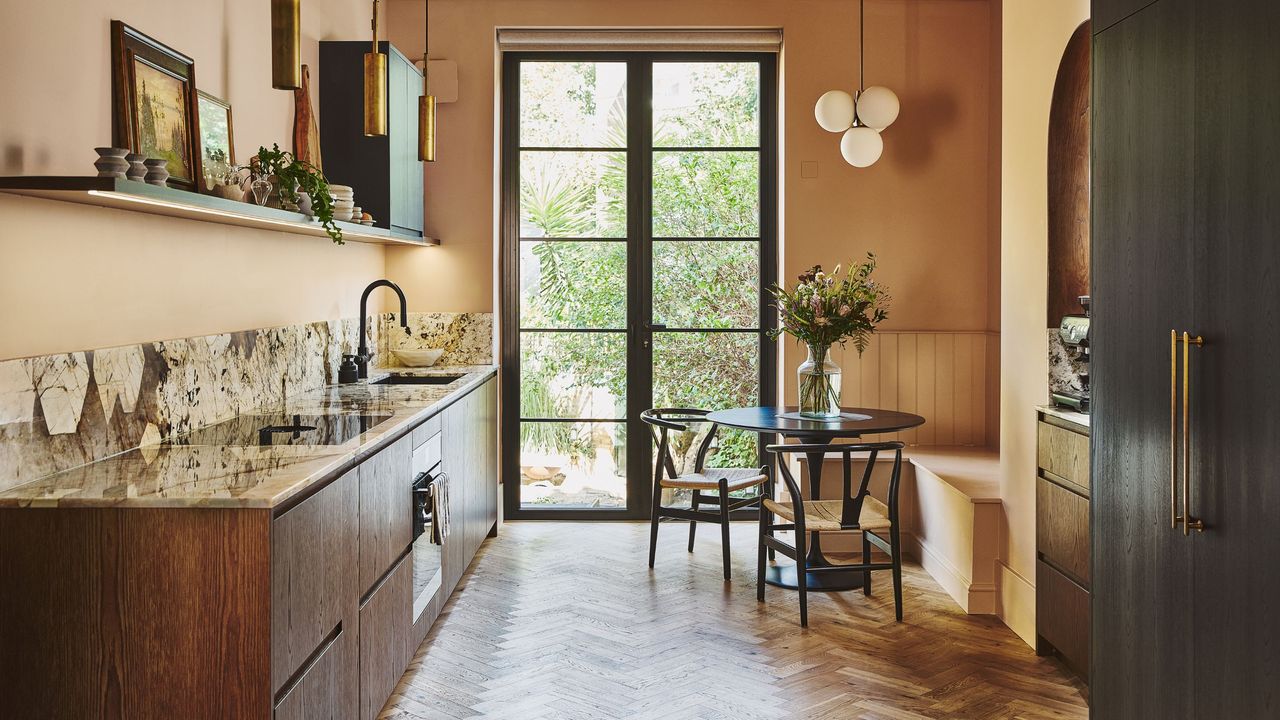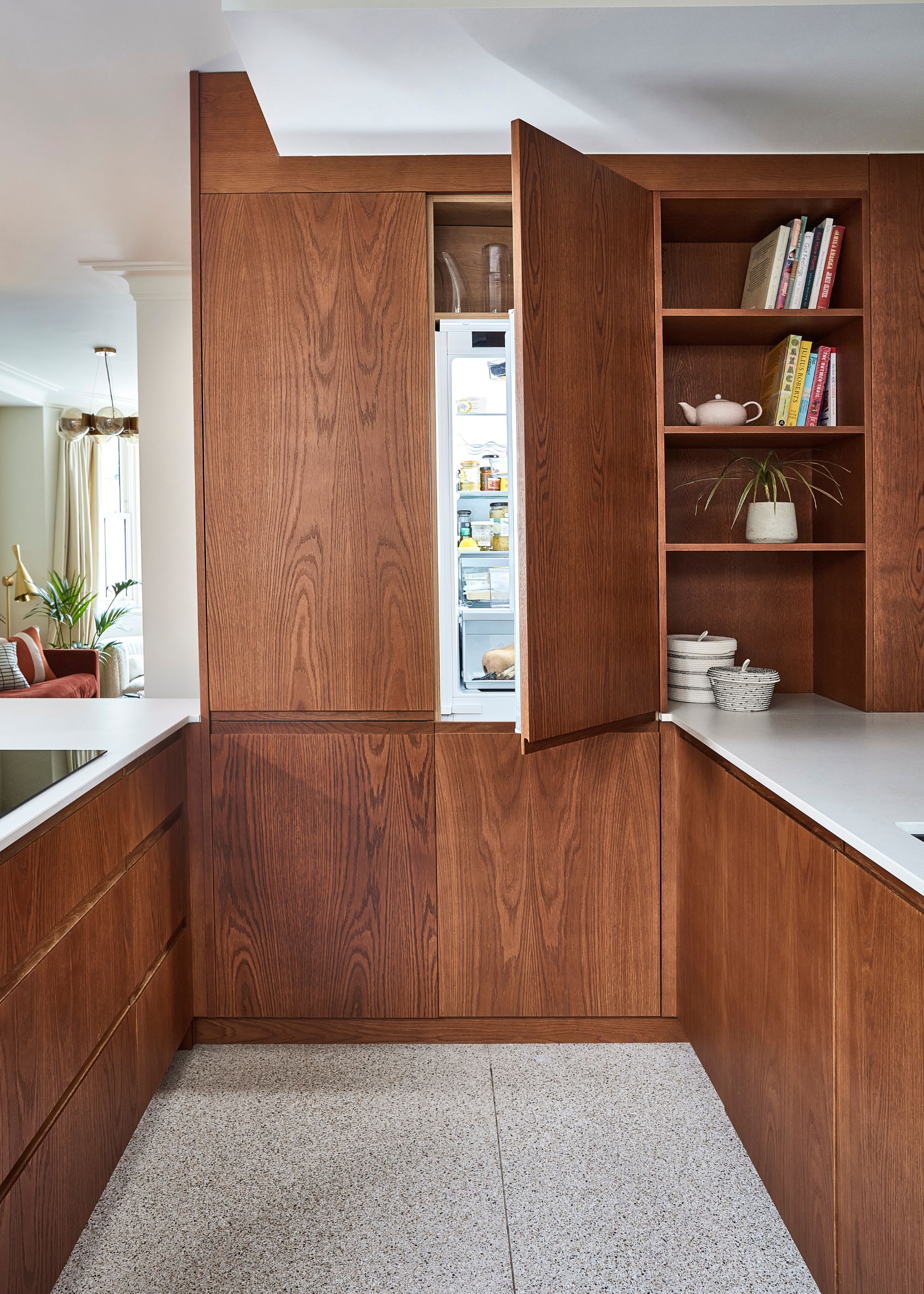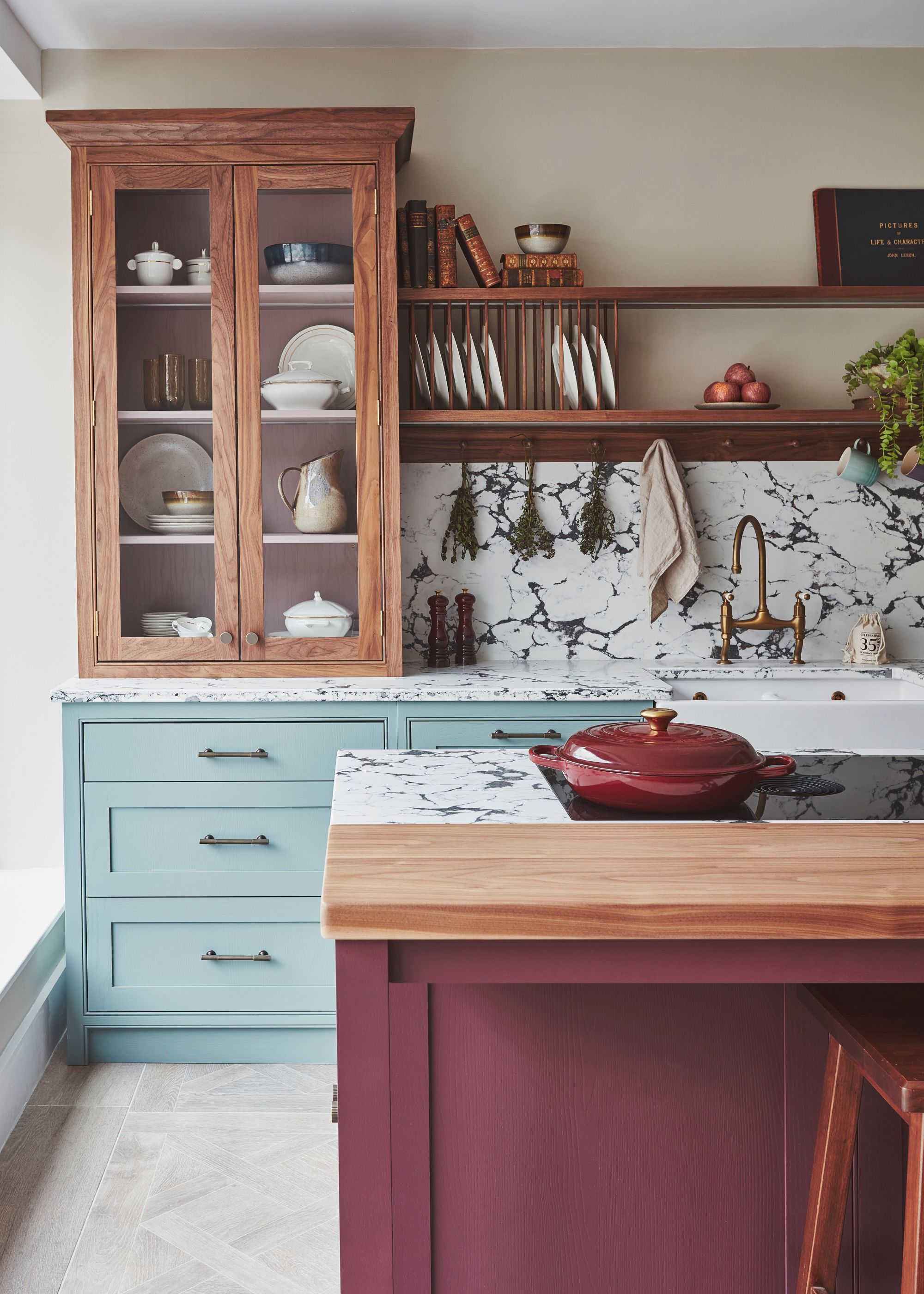
Kitchen zones are a great way of creating a seamless and well-put-together flow in your cooking area. It's about finding what you need, when you need it. Of course, if you're a bit of a clean freak like me, then this method of zoning your kitchen will work wonders for you.
The best kitchen layouts are those that are well put together, through design and formation. You can do so by choosing what type of kitchen layout fits you and your space, then start to zone the areas within your kitchen to see what works where. For example, my food preparation zone is quite close to my kitchen stove, making it easier for me to transfer ingredients over to my pots and pans when cooking up a meal.
But to better understand the concept of kitchen zones and why it really matters, I've called in the experts — and this is what they had to say about it.
What Is the Kitchen Zone Concept?

Juanita Sierra, founder and lead designer at Blu Ink Interiors, tells me: "The kitchen zone concept is a modern approach to designing or utilizing the layout with dedicated areas based on function and the way you move in it."
The expert notes that zoning the space allows you to easily work on daily tasks by grouping tools, appliances, and storage. "Such as cooking, prepping, cleaning, and storing," she notes. "This approach supports efficiency, less clutter, better circulation, depending on your daily routine, and it makes the layout feel more intuitive to use."
Jayne Everett, creative director at Naked Kitchens, tells me when designing a modern kitchen, "it is essential to understand how the space will be used and divide it into kitchen zones accordingly to ensure the space flows ergonomically."
According to Jayne, this includes the hard-working area, food preparation, tidying zone, seating, and work zone.
How to Create Zones in a Kitchen

Ready to create your own kitchen zones? Doing this is also a great way of organizing a kitchen and keeping your space clutter-free. But first up, let's identify the zones.
"The main zones are the food preparation, cooking, tidying, and seating," says Jayne. "This can include the dining area and work zone if also included within the kitchen."
The creation of the zones is dependent on the size of your kitchen, so it's best to take note of whether you have a long and narrow kitchen or a small kitchen and then begin to tackle the area.
In a larger space, however, Jayne says, "there is more flexibility as to where the zones are located and how they interact with each other. There are the main zones, such as the food preparation, cooking, food storage, and washing zones. These should all be designed to flow with each other to allow for smooth and efficient movement around a kitchen."
"It's very desirable now to also incorporate a drink preparation zone, located close to the sink and fridge areas, for easy preparation. The seating zone should be designed with sufficient space to enable easy movement around the chairs and not block any busy zones within the kitchen," Jayne adds.
Juanita agrees and says identifying the main activities or zones is key. This can be done by "grouping and assigning tools by tasks, like for prepping, you would need: knives, cutting boards, and mixing bowls. Near this area, we tend to group the cooking zone, for pots, pans, and utensils. Think of proximity, where will you naturally move to after each task? Incorporating cabinetry solutions, like drawer organizers, and purposeful lighting can make each zone highly functional and seamless."
Shop for Your Food Prep Zone
Handmade and crafted from character-grade oak, this chopping board from Konk will beautifully fit on top of your kitchen countertops seamlessly. So, why not add to the basket and bring it right home?
One of my personal favorites, this Santoku Knife from Katto has been finely crafted from Japanese steel and is ideal for prepping your favorite fruits and veggies. To get the best out of this piece, ensure you know how to care for your kitchen knives properly.
The perfect little spice storage idea, this Deeka Storage Jar from nkuku has been crafted from handblown glass and looks as elegant as ever. Its curves and clear design make it ideal for storing all your favorite spices and herbs.
FAQs
Kitchen Zones vs Kitchen Work Triangle
Now that we know all about kitchen zones, what about the kitchen work triangle? "The kitchen zone overlaps the working triangle within the design," says Jayne. "Parts of the triangle may fall within various zones within the kitchen, such as the sink area may work within the prep zone, and the drinks area, which falls within each and great to have this located close to both.
Juanita says the classic kitchen work triangle connects the stove, sink, and refrigerator, "to ensure minimal walking distance between the three most used points when cooking. And while this is still a useful guide, it doesn't reflect the multiple functions in today’s kitchens."
She adds, "Zones allow for flexibility on how each home functions, especially in open concept spaces of households where multiple people might be using the kitchen at the same time."
What Are the Benefits of Kitchen Zones?
Are there any benefits to zoning a kitchen? The experts say yes! And I could not agree more. It really does make a difference to your space
"Careful thought and planning of kitchen zones makes sure the resultant kitchen design works and flows well," adds Jayne. "Different functions are concentrated within separate areas to ensure the overall kitchen space works efficiently."
Wondering if the kitchen work triangle is outdated? Read on to find out if designers still use this method when crafting a kitchen.







